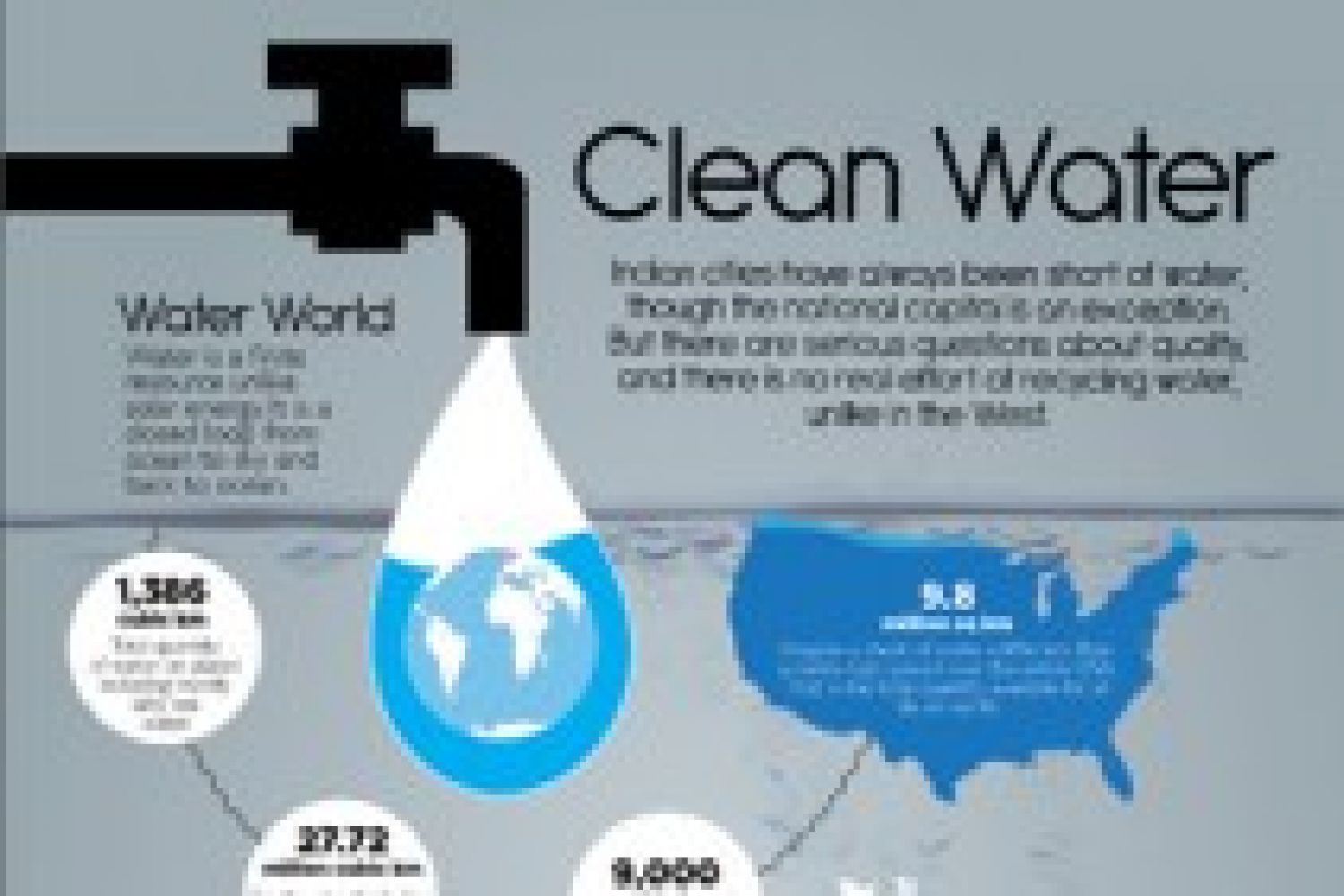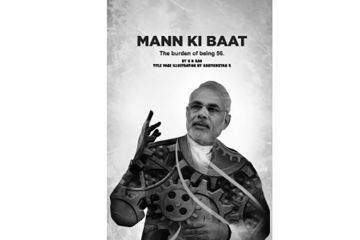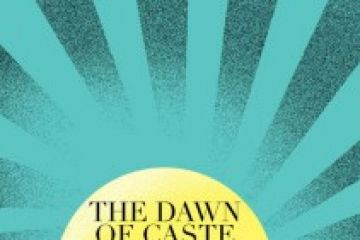
What is the best way
to use a natural resource that seems inexhaustible but is not? There is a vast
range between profligacy and austerity, but conservation is perhaps the key
word. In this context, as one compares the approach to water use in
California’s Santa Clara (Silicon) Valley and in Delhi, one realises that God
made man equal, but science, education, and the ability to organise society
made him rapidly unequal.
While speculating
about the future, war-aficionados and writers o
Continue reading “From California to the Indian Capital”
Read this story with a subscription.





